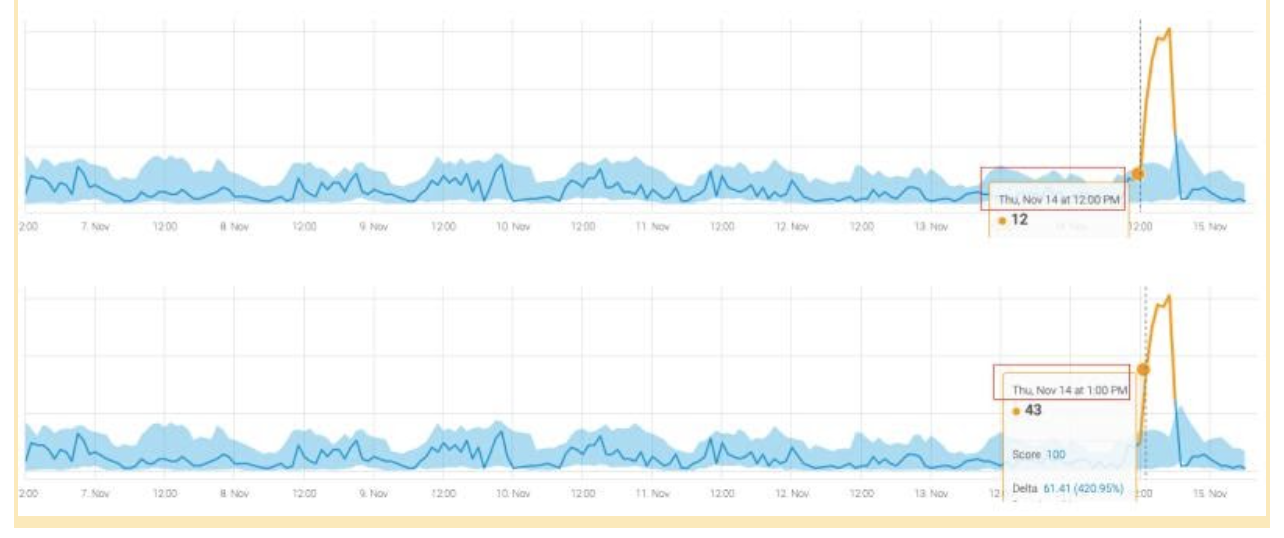As customer experience has moved almost entirely online, finding and fixing issues before they impact your conversions, retention, and revenues is becoming increasingly complex. Let’s look at actual incidents from the gaming and eCommerce industry that showcase the limitations of static thresholds and the impact that has on customer experience.
Gaming, AI, and Customer Experience
For one of Anodot’s clients in gaming, their developers constantly release new versions, pushing updates two or more times a day.
As you can imagine, every time a new release is pushed out there’s the potential for a bug to cause unexpected errors. It could be that gamers in a particular country can’t process payments, or customers using a particular browser can’t log in to their accounts—whatever the issue may be, these anomalies negatively impact the players and the company’s bottom line.
Given each game’s permutational complexities—re: operating systems, user segments, different devices, and so on—their developers found that monitoring with dashboards alone was simply not feasible. They began looking for a solution that would enable them to find and remediate errors before they negatively impacted the customer experience. The company implemented Anodot’s machine learning-based anomaly detection, which constantly monitors different layers of the business, learning how each metric normally behaves and how metrics impact one another. With Anodot’s contextual alerting, the company was able to maintain a high-level of game usage and ultimately protect revenue.
In the graph below, you can see the company pushed a new release, and within the same hour, Anodot detected a drop in paying users. By immediately alerting the team of the anomaly, the developers had the issue fixed and the number of paying users returned to normal during the same day.
While this company is in the gaming market, any company that is constantly pushing updates is susceptible to these kinds of usage events.
Improving the eCommerce Customer Experience
As online buyers, we’ve all experienced and know the frustration of trying to make a purchase, only to be met with a technical issue with the website.
It could be a button not working, or any number of issues; in this case, Anodot detected a sudden surge in the page load time of their checkout, resulting in nearly all customers abandoning their cart before making a purchase.
While it’s likely that even a traditional monitoring solution that uses static thresholds could catch such a drastic spike, the difference, in this case, is in timing. Anodot identified that the data was deviating outside normal behavior (the area shaded in blue) and seasonal patterns (seen cyclical patterns in data) within the first hour of the incident and an alert was sent, along with its Significance Score (100/100 in this case).
In the fast-paced world of online commerce, even an extra hour in the time-to-detection leads to a significant amount of lost revenue, not to mention frustrated customers. Rapid detection partnered with root-cause analysis enabled this team to fix the issue and return the page load time to normal within hours.
Customer experience has some of the most complex metrics to track since they’re governed by human behavior and exhibit varying degrees of seasonality. Although traditional BI systems may be able to catch certain anomalies, machine learning is better able to adapt to dynamic behavioral patterns to 1) find anomalies that would be incredibly difficult to detect and 2) alerts you faster than waiting for those anomalies to transcend static thresholds. To see how Anodot would work on your data, schedule a demo or use Taste of Anodot to run the platform on one of your metrics.





